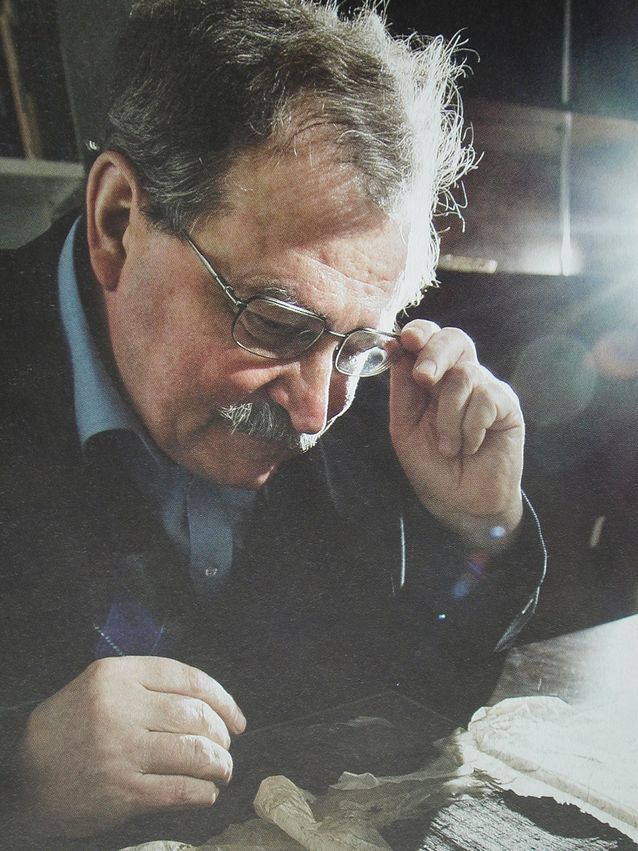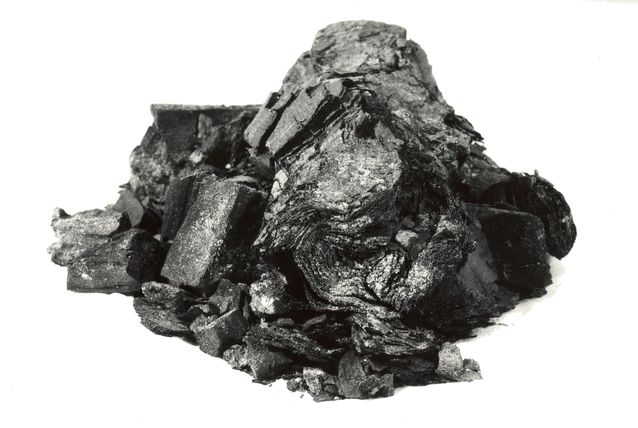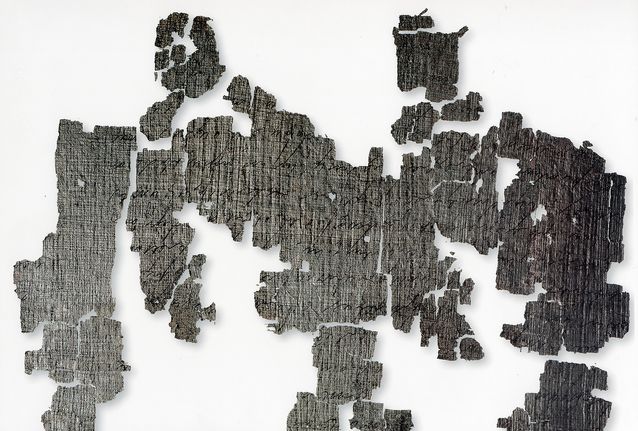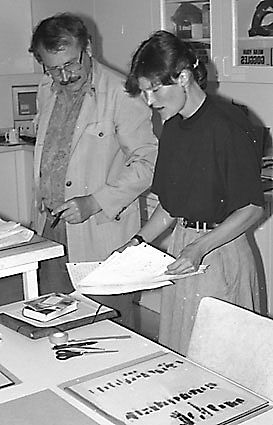Jaakko Frösén
Jaakko Lars Henrik Frösén
Born January 9, 1944, Helsinki
Master of Arts 1967 (Greek literature), Roman literature, psychology, general linguistics (1968), Licentiate 1969 (Greek language and literature, Latin and Roman literature) and PhD 1974, University of Helsinki
Emeritus professor 2012–, University of Helsinki
Acting professor of Greek philology 1999–2011, University of Helsinki
Senior Research Fellow and Academy Professor 1992–99 and 2006, Academy of Finland
Director of the Finnish Institute at Athens 1988–92
Acting professor of Greek language and literature 1985, University of Helsinki
Junior Academy Research Fellow and Senior Research Fellow 1981–88, Academy of Finland
Research assistant in Greek language and literature 1977–81, University of Helsinki
Commissioner of the Council of Finnish Academies 1977
Acting associate professor of Classical philology 1976, University of Turku
Research assistant in Greek literature 1974–76, University of Helsinki
Lecturer in Classical philology 1971–73, University of Turku
Research assistant in Roman literature 1970, University of Helsinki
Acting lecturer in Latin 1969, University of Oulu
Part-time teaching positions at schools, universities, summer universities and colleges (Latin, Greek, Italian, sociolinguistics, Classical archaeology) 1967–
Publications, research projects and other academic activity
Research themes
Greek sociolinguistic research
The conservation and publication of papyri, particularly carbonised papyri or papyrus scrolls.
The Mount Aaron archaeological excavations, Petra
Mediaeval scrips of the patriarchate of Alexandria (conservation, digitalisation and codification)
Prolegomena to a Study of the Greek Language in the First Centuries A.D. – The problem of Koiné and Atticism 1974 (doctoral dissertation)
Publication of papyrus texts in collaboration with others 1979–
Numerous articles, book reviews and publications, textbooks, audio recordings, video, radio and television programmes and exhibitions. In addition an expert guide on more than 100 trips to the eastern Mediterranean.
Photo: Mika Federley
Written by Jaakko Frösén (Riitta-Ilona Hurmerinta ed.)
Translated by Matthew Billington




